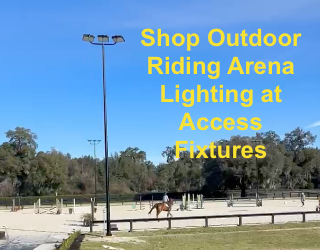The upcoming GallopNYC Central Park Promenade, scheduled for May 18, 2025, promises to transform the southwest corner of Central Park into a vibrant celebration of community and the healing power of horses. This free, family-friendly event, organized by GallopNYC—a nonprofit dedicated to therapeutic horsemanship—aims to engage New Yorkers of all ages, offering activities like hobby horse races, arts and crafts, and opportunities to meet therapy horses. The event not only highlights the joy of horses but also serves as a reminder of their historical presence in city parks.
GallopNYC’s mission is rooted in inclusivity, providing therapeutic riding programs to over 500 individuals weekly, including children with disabilities, veterans, and seniors. Participants benefit from improved confidence, social skills, and emotional well-being, with many receiving discounted rates thanks to community support. The organization’s commitment to accessibility ensures that everyone, regardless of background, can experience the transformative effects of equine-assisted therapy.
This year’s Promenade also marks GallopNYC’s 20th anniversary, celebrating its impact on diverse communities across New York. Volunteers play a crucial role in the organization, fostering connections between riders and horses. As the event approaches, it stands as a testament to Harlem’s enduring spirit and a citywide invitation to embrace the magic of horses, reinforcing the belief that healing and hope can thrive in unexpected places.







